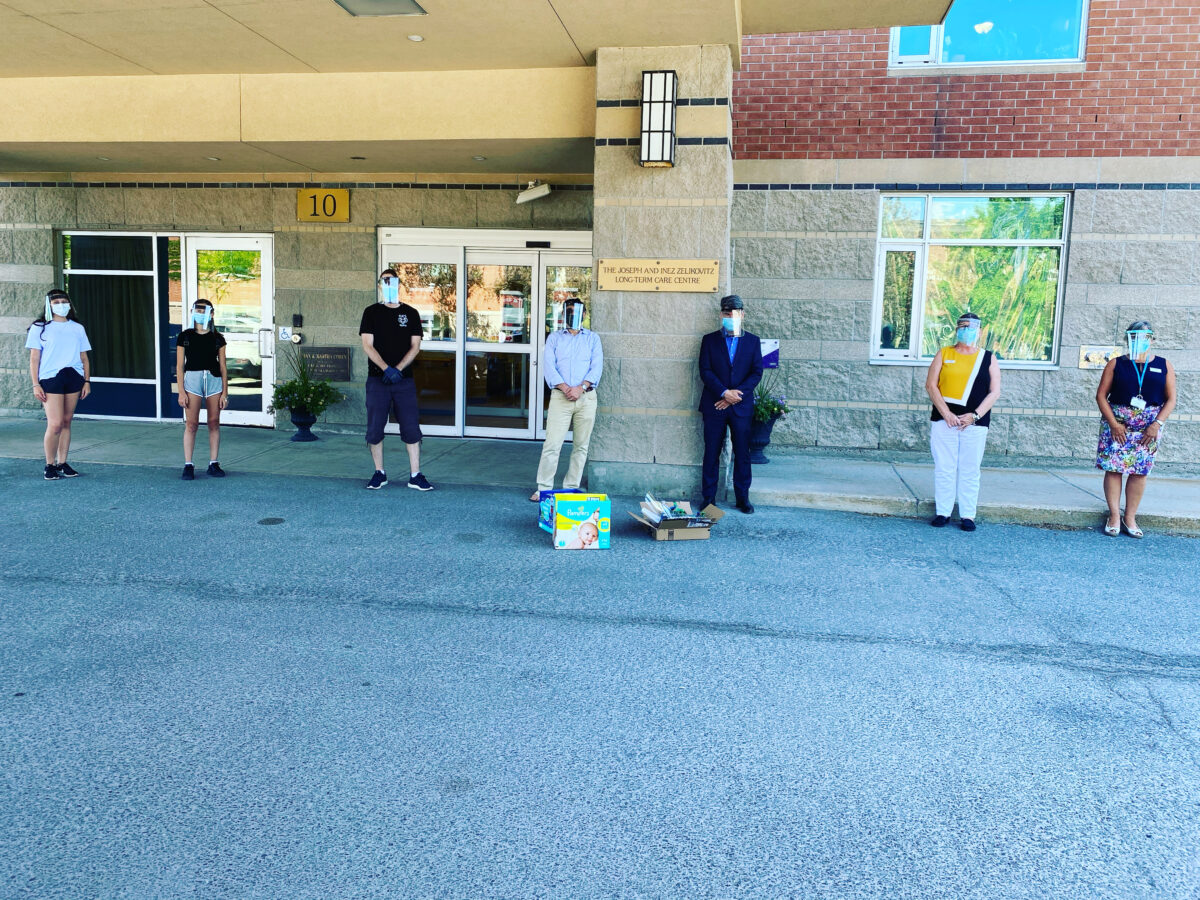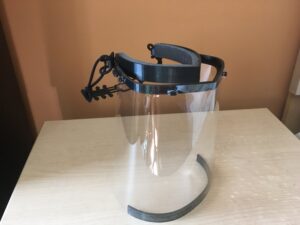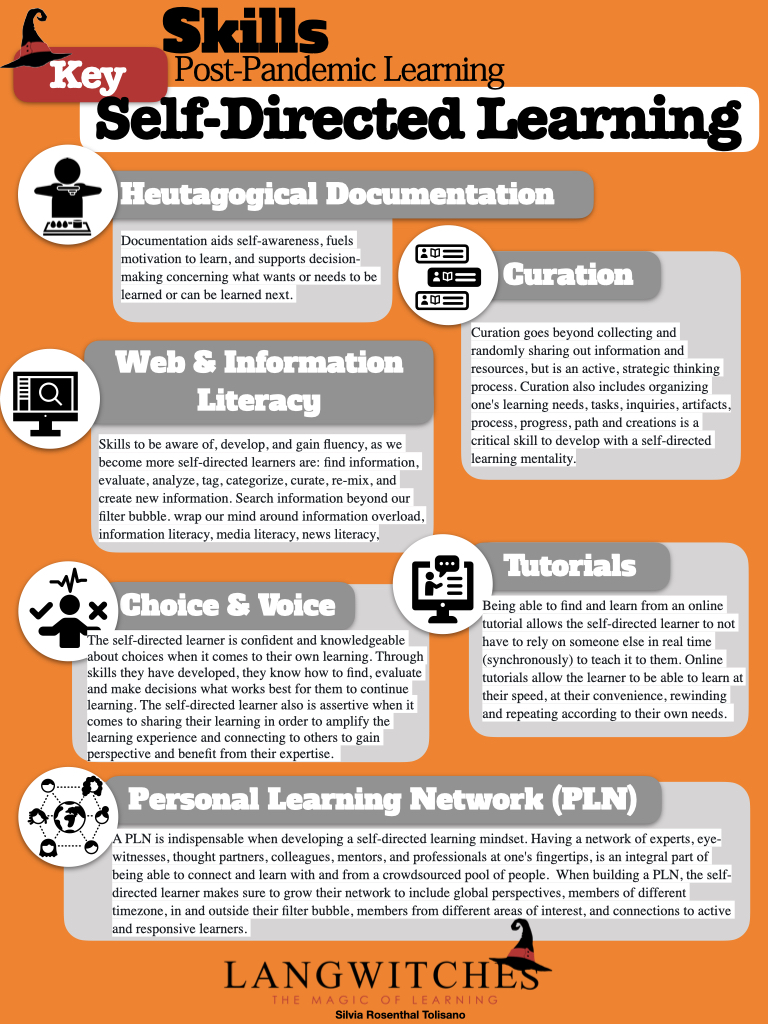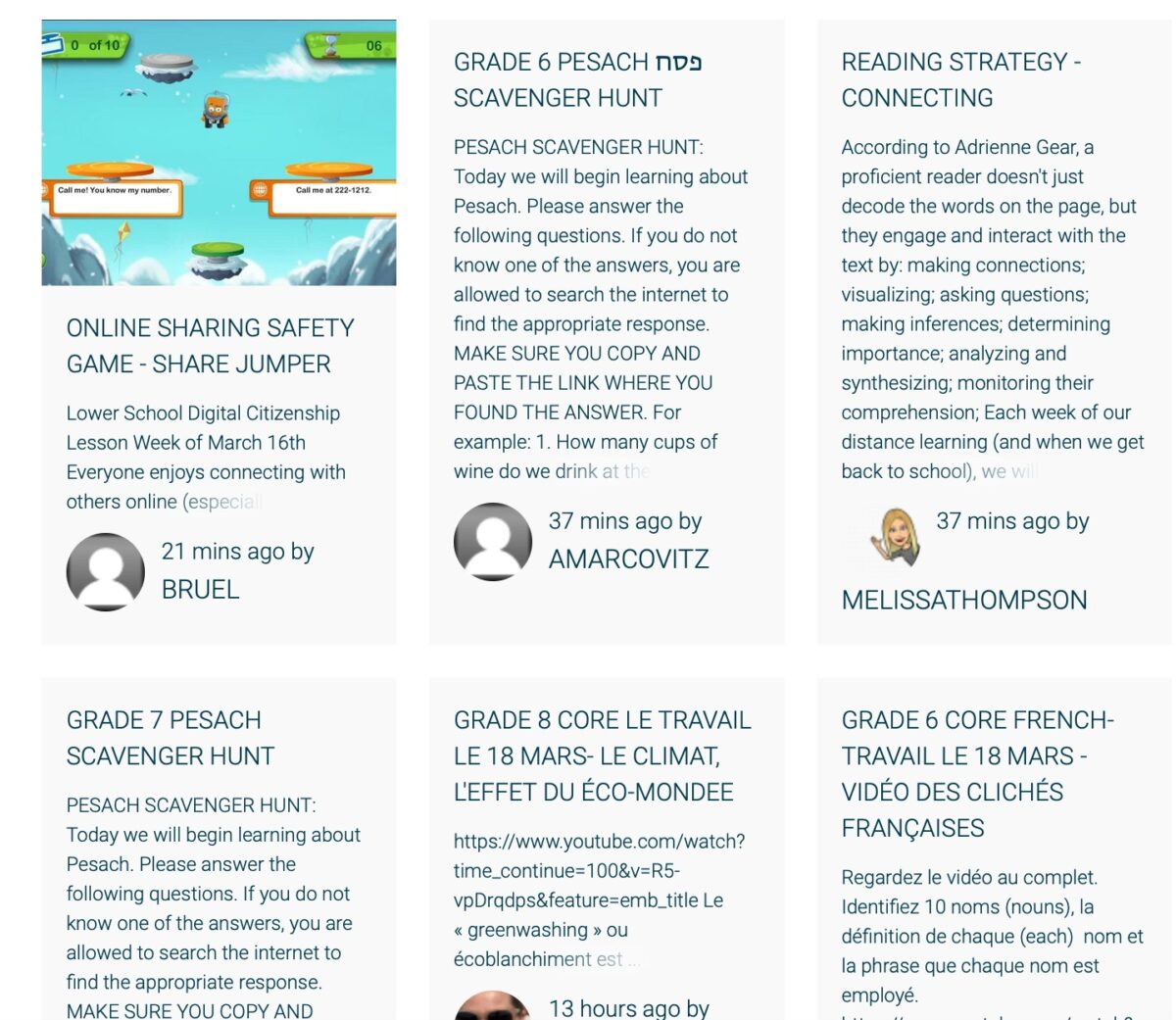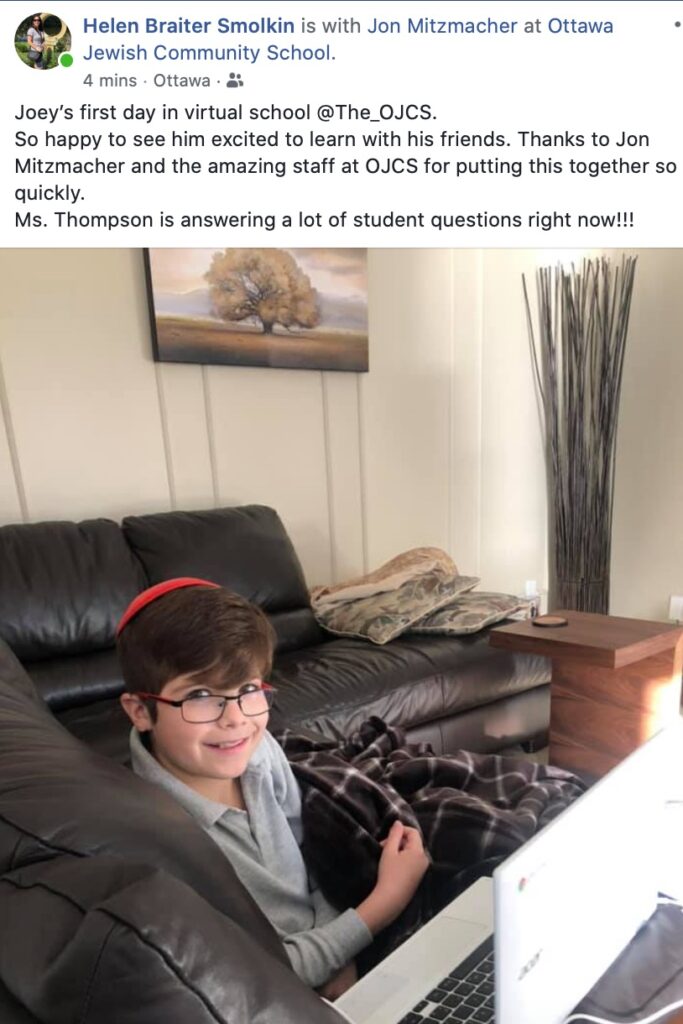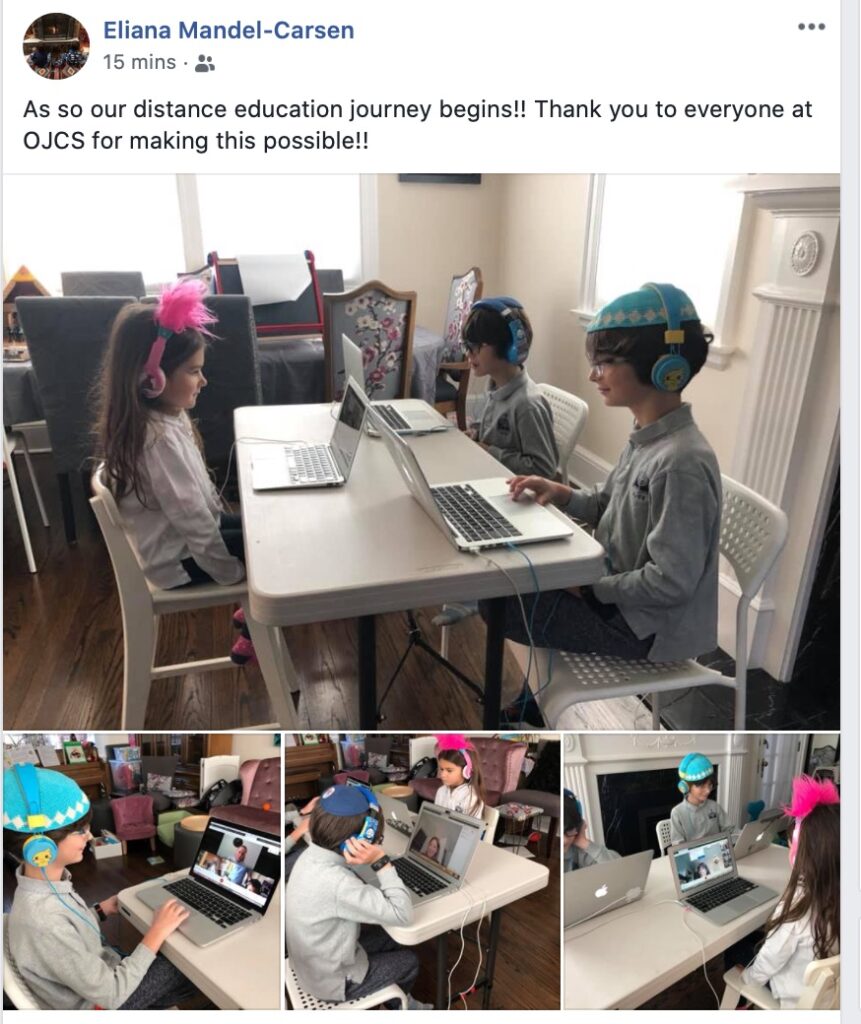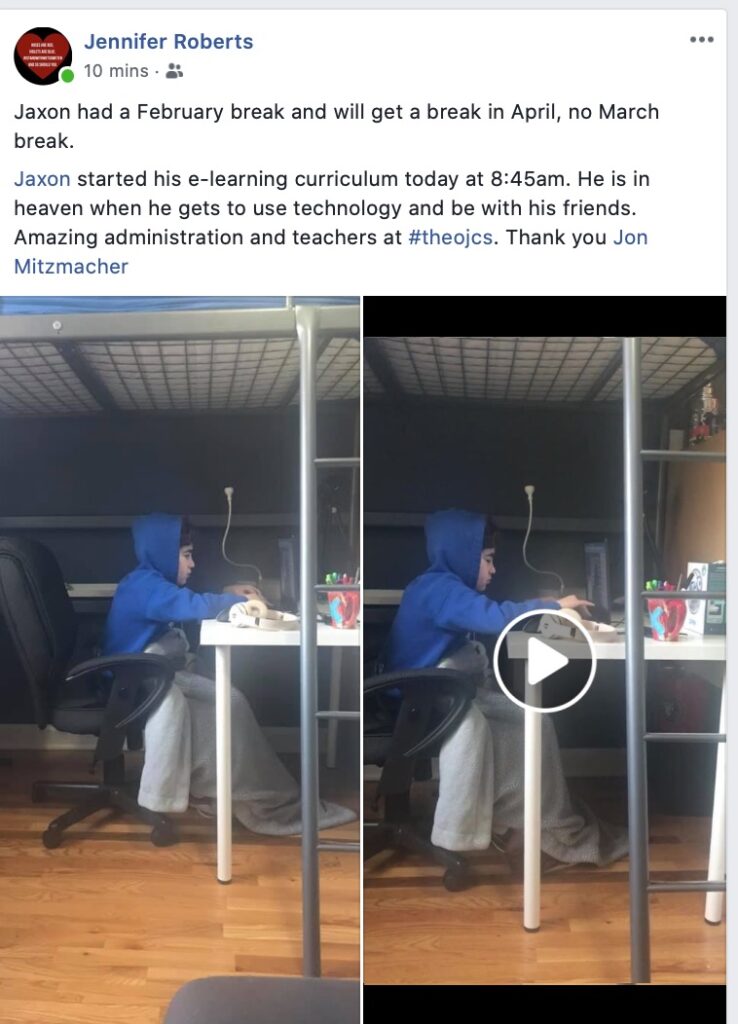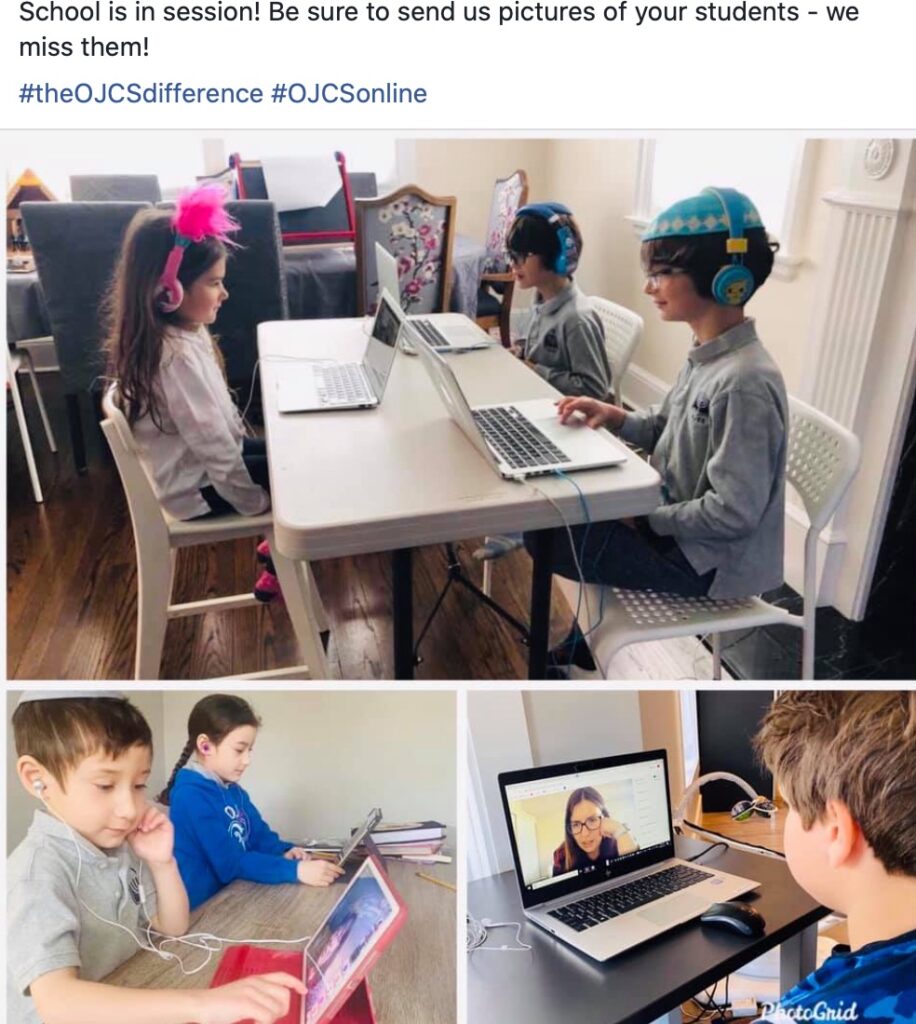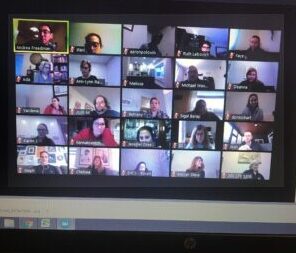The 2020-2021 school year is shaping up to be every bit as unique as the 2019-2020 school year wound up, but we are hopeful that this year will be safer, happier and – perhaps -a bit more predictable. It is wholeheartedly bittersweet to share out that we have now closed out two of our grades, with a couple of others trending towards closure. (It is a Jewish day school head’s dream to have a waitlist, but there is little joy since it took a global pandemic to help make it happen.) We also recognize that there is a great deal of churn and angst as the return of school draws closer. It feels like the rules of the game change daily; it is like trying to put a puzzle together with new pieces being dropped in.
Here at the Ottawa Jewish Community School, we are simply doing our best to stay on top of the health guidelines, to hold awareness of what the public board and other private schools are doing, and to be as transparent as we can about what we have already decided and what remains in play. As I shared directly in an email with returning, new and prospective families last week, we have not received any new guidelines since we made our original announcement to safely reopen with cohorts of 15 students or less. The announcement last week of Ontario’s return to school without class caps (but with teachers and students [grades 4-8] masked) came as a surprise, but did not come from a change in health guidelines.
So although it is logical for anyone to ask if we are going to align with the public board’s plan, in the absence of new guidelines, we continue to feel comfortable with the caps we have put in place. We are considering aligning our student masking policy as we are always happy to err on the side of additional safety.

To recap…
…three weeks ago, I blogged out our first round of questions and answers in a kind of FAQ, as part of our initial announcement of a “five-day, full-day” safe reopening.
…two weeks ago, I blogged out an updated list of our faculty that is both now complete and updated for our new, COVID-adjusted schedule.
…last week, I emailed out a revised Parent Handbook (downloadable from our website) that added lots of additional layers and details.

Now that you are all caught up, it is time to share the next bunch of questions and answers, also in the form of an FAQ. (Please note that the entire list of FAQ will not only be uploaded to our website, but will remain dynamic so that updates and revisions will live there [not in my blog].)
Will my child still receive resource support?
For students learning in-person or at home, any student with an IEP (Individualized Education Plan) will continue to receive the support and resources required. Sharon Reichstein, Director of Special Education, is available ([email protected]) to discuss any questions you may have around the delivery of services, if needed.
Can the front office administer my child’s medication?
As per the recently published OJCS Handbook: For this phase of our re-opening, our personnel will not be administering any medications.
Will there be before and after-care?
In a recently sent email, we indicated that we are leaning strongly towards NOT offering “Before Care” at this stage of our reopening. We are fielding feedback from working parents and will soon clarify our position. (If you have not yet informed us that you will need this, please do so!) We have worked with the SJCC and can share that their Aftercare Program will mirror our larger grade-level groupings (K-2, 3-5 and 6-8) to maximize health and safety. They have also pledged to keep non-OJCS students in a separate group. Please contact Gail Lieff ([email protected]) for information and to register.
Will there be a hot lunch program?
The added challenge of safely preparing and delivering hot lunch during this phase of our reopening (along with the challenge of no longer having a kosher restaurant on campus) has led us to pause our hot lunch program until after the Jewish High Holidays. We will look to resume a modified hot lunch – possibly focusing on our Tuesday/Thursday “meat days” – using both our PTA (Hot Dog Days!) and the local community.
What will we do about supply teachers?
We will inevitably require supply teachers from time to time (it is possible that teachers can do some teaching from home with creative in-school supervision). We are looking to narrow our circle of supply teachers to a group who will commit to substituting only at OJCS to reduce the risk for community spread. However, like all OJCS Faculty, supply teachers will be required to be masked and socially distanced while teaching at OJCS.
What kind of enhanced cleaning protocols will the school use?
Working with the Campus, we will have enhanced cleaning both in terms of frequency as well as products. The Campus will be using a fog sanitizer machine that’s called the Fogger. It can sanitize a classroom in minutes, as well as hallways and lockers. It will be in use during each school day to sanitize outdoor play structures and each evening in every classroom and learning space. If a child or teacher is sent home due to illness, it will be brought in immediately to that room for a cleaning. The product is an organic chemical that is safe for humans, animals, plants, etc.
Additionally…
- In accordance with recommendations from Public Health Ontario and Ottawa Public Health, high touch areas will be cleaned and disinfected at least twice daily. This includes door handles, push bars, railings, washroom surfaces, elevator buttons, kitchen surfaces, and light switches.
- All other spaces will be cleaned and disinfected once per day, including hard floors.
- In accordance with recommendations from Public Health Ontario and Ottawa Public Health, outdoor play structures will be disinfected during school hours, after each cohort has used the structure. Protocols for cleaning outdoor play structures during winter months will be determined at a later time, as further research is required as to the safety of doing so in sub-freezing temperatures.
- Sanitizing machines and stations have been set up in various locations on campus, and will be cleaned and filled as required. All hand sanitizer is alcohol-based.
- Touchless paper towel dispensers have been installed in many washrooms.
- All air filtration systems will be cleaned quarterly, and filters will be replaced regularly.
OJCS is working with Campus to determine whether or not an additional OJCS-dedicated housekeeping staff person will be required to meet the above and other COVID-specific cleaning protocols.
A detailed list of the disinfectants to be in use is available upon request.
Will water fountains be in use or turned off this year?
Water fountains can safely be used to fill water bottles (and cups) only. We will ensure through either signage, physical blockage or manual shut-offs that students are unable to use the water fountains by mouth. This last grouping are not applicable to all families/students, but we think it is helpful to share here as well.
This last grouping are not applicable to all families/students, but we think it is helpful to share here as well.
I’ve indicated my child will be engaging in virtual learning only due to health reasons, how will that work?
We expect the following broad principles will guide the distant learning program for the upcoming school year:
- Teachers will plan and share schedules of weekly classes and assignments in advance, which will give you an opportunity to plan for synchronous (live) and asynchronous (on your own time) learning, as well as printing of any required materials. These will be housed on the class blog.
- Teachers will record and archive lessons, either in advance or after delivery, and will link to any useful resources. These, too, will be housed on the class blogs.
- Students will be responsible for attending some live sessions as part of larger class activities, as well as one-on-one with teachers and remotely working with peers on group projects, if any.
- Students will be encouraged to be more self-directed and self-motivated to complete assigned tasks, and explore areas of personal interest.
- Teachers will support students to prioritize their tasks by clearly distinguishing between required and supplementary assignments, with flexibility in the ways students can complete their work from home.
- Teachers will continue to closely monitor students’ work and hold them accountable for their performance with high expectations.
- Any student with an IEP (Individualized Education Plan) will continue to receive the support and resources required. Sharon Reichstein, Director of Special Education, is available to discuss any questions you may have around the delivery of services, if needed.
How will the library lending service work this year?
We will be operating the Library through the online management system we installed a couple of years ago. This site includes our entire catalog, searchable and customizable, and allows students, teachers and families to check books out of the Library. (This is different from our Library Blog, another valuable source for library, literacy, research and informational media needs at OJCS. Each site links to the other.) Through this site, we will be able to continue basic Library services in a safe and touchless form. For more information, please contact Brigitte Ruel ([email protected]).
Will there be a Middle School Retreat?
There will NOT be a formal Middle School Retreat at Camp B’nai Brith of Ottawa as has been the case the last couple of years. There will, however, be a scheduled Retreat on September 15th – 17th here on Campus. The goals remain to build relationships within and between grade-level cohorts, to team-build, to create community, and to set the tone for a successful Middle School year at OJCS. We may incorporate field trips into the program, but needless to say, all activities will include adherence to all relevant health protocols.
Will there continue to be electives for the Middle School students?
Yes, we will be offering Middle School electives this year, and they will be contained to grade-level cohorts (i.e. each grade will have their electives once per week within their classroom or outdoors). More information to follow.

As was the case before, if you have any questions or concerns with any of the above, please don’t hesitate to reach out. If between FAQ I, FAQ II and the Parent Handbook, you continue to have unanswered questions, please let us know and we can add it to our lists. In the absence of significant new information, I will likely pause the blogs (and mass emails) so we can focus our energy these next few weeks on preparing for our faculty’s return on August 31st.
Enjoy the beautiful weather and these last weeks of a most unusual summer…



